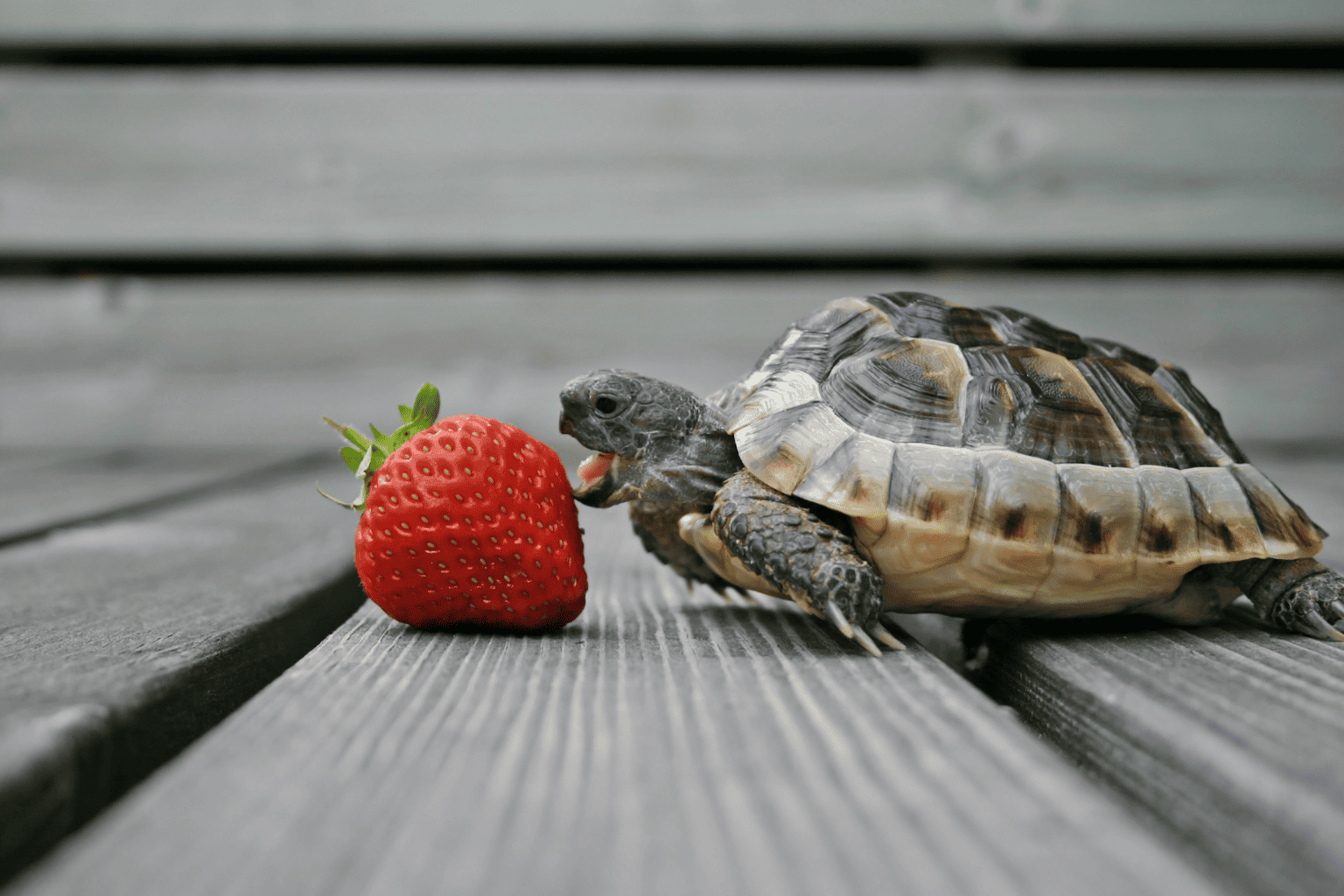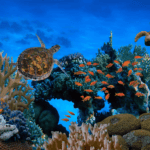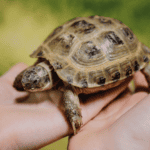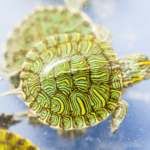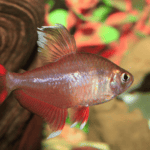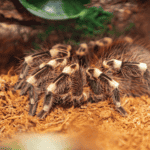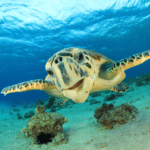Turtles are known for their slow and steady nature, but how long can they go without eating? This is a common question among turtle owners and those interested in turtle conservation. In this article, we will explore the factors that affect a turtle’s ability to survive without food and provide a general estimate for how long turtles can go without eating.
Factors That Affect a Turtle’s Ability to Survive Without Food
- Species: Different species of turtles have different metabolic rates and energy requirements, which affects how long they can go without eating.
- Size: Larger turtles have more stored energy than smaller turtles and can survive for longer periods without food.
- Age: Younger turtles have higher energy requirements than adult turtles and may not be able to survive as long without food.
- Health: Turtles that are ill or injured may not be able to survive as long without food as healthy turtles.
How Long Can Turtles Go Without Eating?
- On average, adult turtles can survive for several weeks without food.
- Juvenile turtles may only be able to survive for a few days without food.
- Some species, such as box turtles and tortoises, may be able to survive for several months without food.
- Factors such as species, size, age, and health can affect a turtle’s ability to survive without food, so the exact time will vary.
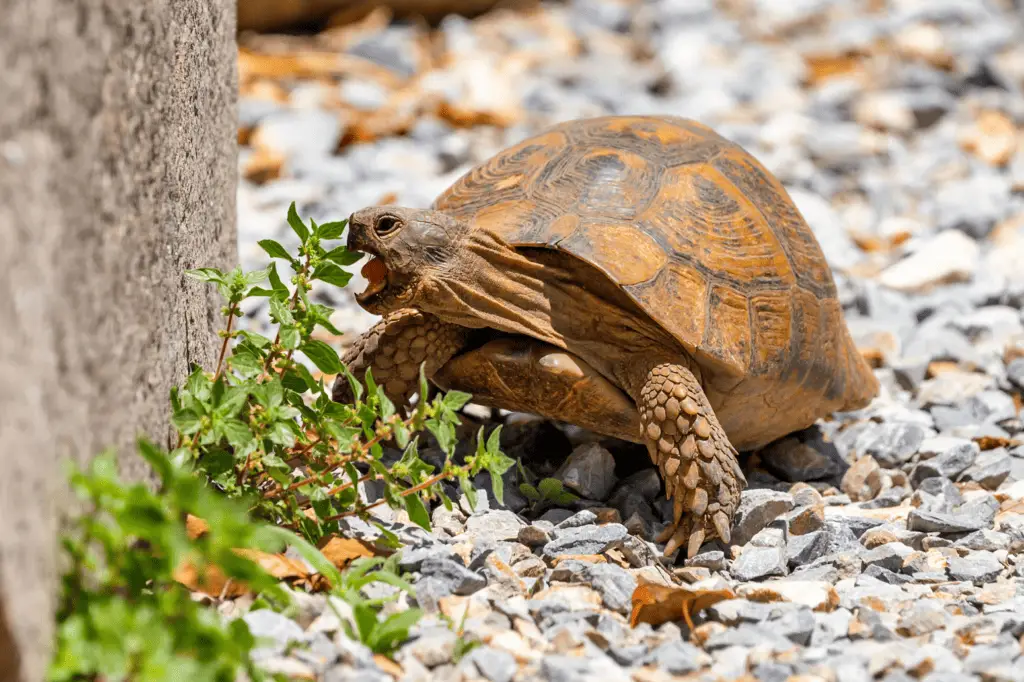
Brumation in Turtles
Brumation is a form of hibernation that some turtles undergo during the colder months of the year. During brumation, turtles will slow down their metabolic rate and may not eat for extended periods of time. However, it’s important to note that wild turtles may brumate but pet turtles do not.
Pet turtles, unlike wild turtles, are kept in warm environments and do not experience the same environmental cues that trigger brumation in wild turtles. Pet turtles should be provided with food and warmth all year round, and owners should avoid subjecting their pet turtles to temperatures that would trigger brumation in wild turtles.
It’s also important to note that not all turtle species brumate. Some species, such as aquatic turtles, do not experience brumation.
In summary, brumation is a form of hibernation that some wild turtles undergo, but pet turtles do not. Pet turtles should be provided with food and warmth all year round and should not be subjected to temperatures that would trigger brumation in wild turtles.
Feeding a Pet Turtle While on Vacation
Going on vacation can be a fun and exciting time, but it can also be stressful when it comes to caring for your pet turtle. Here are a few tips on how to ensure your turtle is well-fed while you’re away:
- Automatic feeder: An automatic feeder can be set up to dispense food at regular intervals, ensuring your turtle is fed even when you’re away.
- Ask a friend or family member: Ask a friend or family member to come by and feed your turtle while you’re away. Make sure they have all the necessary information, including the type and amount of food to feed your turtle.
- Hire a pet sitter: Hire a professional pet sitter who has experience caring for turtles to look after your turtle while you’re away.
When you’re away, it’s important to make sure that your turtle has enough food and water to last for the duration of your vacation. It’s also a good idea to leave detailed instructions on how to care for your turtle, including feeding instructions and emergency contact information.
In summary, automatic feeders, friends or family members, or professional pet sitters can be used to ensure your turtle is well-fed while you’re on vacation. Before leaving, make sure to leave detailed instructions on how to care for your turtle and ensure that your turtle has enough food and water to last for the duration of your vacation.
Automatic Turtle Feeders
Automatic turtle feeders can make it easy to ensure your turtle is well-fed while you’re away. Here’s an option that we recommend:
Zoo Med Turtle Feeder
- Automatically feeds your turtle daily.
- 12 hour sleep function at night to prevent waste.
- Can be used to feed your turtle while you are away to feed them on a routine schedule each day.
- Can be mounted anywhere on your tank, rotates 360.
This feeder can be set up to dispense pellets at regular intervals, and it’s designed to float in the water making it accessible to aquatic turtles.
When choosing an automatic turtle feeder, it’s important to consider the size of your turtle, the type of food you want to dispense, and the features that are important to you. It’s also a good idea to read reviews from other turtle owners to see how well the feeder has worked for them.
The Importance of Proper Nutrition for Turtles
Proper nutrition is essential for the overall health and well-being of turtles. Different species of turtles have different dietary needs, and it’s important to ensure that your turtle is getting the appropriate types of food.
Aquatic turtles, for example, are primarily carnivorous and will thrive on a diet that is high in protein, such as worms, crickets, and small fish. Land turtles, on the other hand, are primarily herbivorous and will thrive on a diet that is high in fiber, such as leafy greens and vegetables.
Turtles also need a variety of food to maintain a balanced diet. A diet that is too high in protein or too low in fiber can lead to health problems such as obesity, shell deformities, and other health issues.
It’s also important to note that wild turtles have a varied diet depending on the season, and the same should be done for pet turtles.
In summary, proper nutrition is essential for the overall health and well-being of turtles. Different species of turtles have different dietary needs and it’s important to ensure that your turtle is getting the appropriate types of food. A varied diet is important for maintaining a balanced diet.
Signs of Malnutrition in Turtles
Malnutrition can occur when a turtle is not getting enough of the right types of food. Signs of malnutrition in turtles include:
- Loss of weight
- A dull or flaky shell
- Swollen eyes
- Lethargy
- Soft or thin carapace
- Reduced appetite
If you suspect your turtle is not getting enough to eat, it’s important to address the issue as soon as possible. Consult with a veterinarian who specializes in reptiles to help determine the cause of malnutrition and create an appropriate feeding plan for your turtle.
In summary, malnutrition can occur when a turtle is not getting enough of the right types of food. Signs of malnutrition in turtles include weight loss, a dull or flaky shell, swollen eyes, lethargy, soft or thin carapace, and reduced appetite. If you suspect your turtle is not getting enough to eat, it’s important to address the issue as soon as possible and consult with a veterinarian.
The Role of Vitamins and Minerals in a Turtle’s Diet
Vitamins and minerals play a vital role in maintaining the overall health and well-being of turtles. Turtles need a variety of vitamins and minerals, including calcium, vitamin D3, and vitamin A to maintain a healthy shell and strong bones.
A diet that is lacking in vitamins and minerals can lead to health problems such as shell deformities, metabolic bone disease, and other health issues.
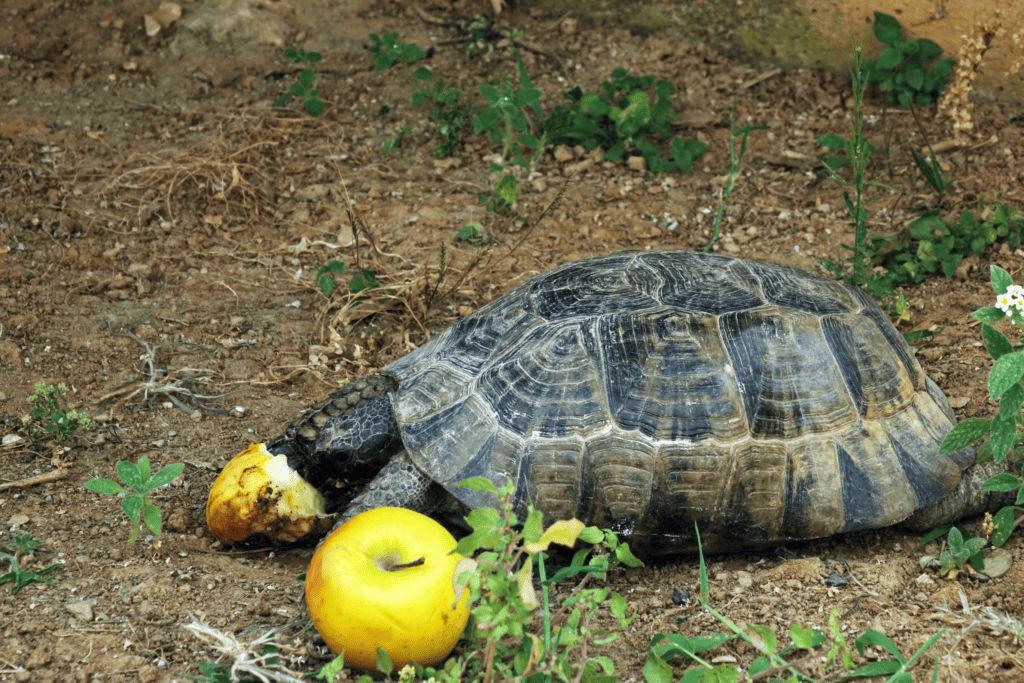
The Impact of Overfeeding on Turtles
While it’s important to ensure that turtles are getting enough to eat, it’s also important to avoid overfeeding. Overfeeding can lead to a variety of health problems, including obesity, shell deformities, and other health issues.
Obesity is a common problem among pet turtles, and it can be caused by feeding them too much or feeding them the wrong types of food. Turtles that are overweight are more prone to health problems such as metabolic bone disease, which can cause their shells to become deformed.
To prevent overfeeding, it’s important to provide your turtle with a balanced diet that is appropriate for their species and to monitor their weight regularly. A healthy turtle should have a clear outline of its ribcage visible.
In summary, overfeeding can lead to a variety of health problems in turtles, including obesity and shell deformities. To prevent overfeeding, it’s important to provide your turtle with a balanced diet that is appropriate for their species and to monitor their weight regularly.
Specific Nutritional Needs of Different Turtle Species
Different turtle species have different nutritional needs, and it’s important to ensure that your turtle is getting the appropriate types of food for their species.
Aquatic turtles, for example, are primarily carnivorous and will thrive on a diet that is high in protein, such as worms, crickets, and small fish. Land turtles, on the other hand, are primarily herbivorous and will thrive on a diet that is high in fiber, such as leafy greens and vegetables.
Tortoises, on the other hand, are herbivorous and require a diet high in fiber, primarily from grasses, leaves, fruits, and vegetables. They also require a source of calcium, which can be provided by feeding them crushed eggshells or other calcium supplements.
In summary, different turtle species have different nutritional needs. Aquatic turtles require a diet high in protein, while land turtles and tortoises require a diet high in fiber. It’s important to ensure that your turtle is getting the appropriate types of food for their species, and to consult with a veterinarian or a reptile expert if you have any questions or concerns about your turtle’s diet.
Handling and Storing Turtle Food
Proper handling and storage of turtle food is important to ensure that your turtle is getting the freshest and most nutritious food possible. Here are a few tips for handling and storing turtle food:
- Keep food fresh by storing it in a cool, dry place and using airtight containers to prevent spoilage.
- Avoid storing food for long periods of time, as some types of food can lose their nutritional value over time.
- Thaw frozen food before feeding it to your turtle, and avoid re-freezing it.
- When feeding live food, ensure that it is fresh and healthy before feeding it to your turtle.
- Use a clean and sanitized feeding dish for your turtle’s food to prevent contamination.
In summary, proper handling and storage of turtle food is important to ensure that your turtle is getting the freshest and most nutritious food possible. Keep food fresh by storing it in a cool, dry place and using airtight containers, avoid storing food for long periods of time, thaw frozen food before feeding it to your turtle, ensure that live food is fresh and healthy before feeding it to your turtle, and use a clean and sanitized feeding dish for your turtle’s food to prevent contamination.
Monitoring Your Turtle’s Weight
Monitoring your turtle’s weight is an important part of ensuring that they are getting the right amount of food and staying healthy. To monitor your turtle’s weight, you can use a kitchen scale or a digital scale specifically designed for reptiles.
To weigh your turtle, gently place them on the scale and take note of the weight. It’s important to weigh your turtle on a regular basis, such as once a week, to ensure that their weight is stable. If you notice any significant changes in your turtle’s weight, it’s important to consult with a veterinarian or a reptile expert to determine the cause and to make any necessary adjustments to their diet.
In addition to monitoring your turtle’s weight, it’s also important to monitor their overall health. Signs of good health in a turtle include a clear and alert appearance, a healthy appetite, and regular bowel movements. If you notice any signs of illness or distress, it’s important to consult with a veterinarian or a reptile expert as soon as possible.
Feeding Your Turtle
The frequency of feeding and the amount of food that you give to your turtle will depend on the age, size, and species of your turtle.
Younger turtles will need to be fed more frequently than adult turtles, with hatchlings and juveniles being fed every day, while adult turtles can be fed every other day or every three days.
Smaller turtles will also need to be fed smaller portions than larger turtles. In general, a good rule of thumb is to feed your turtle as much as they can eat in a 15-minute period. If you notice that your turtle is consistently leaving food in their dish, it’s important to reduce the amount of food that you’re giving them.
It’s also important to consider the specific nutritional needs of your turtle’s species. As previously mentioned, aquatic turtles will require a diet high in protein, while land turtles and tortoises will require a diet high in fiber. Be sure to consult with a veterinarian or a reptile expert if you have any questions or concerns about your turtle’s diet.
In summary, monitoring your turtle’s weight is an important part of ensuring that they are getting the right amount of food and staying healthy. The frequency of feeding and the amount of food that you give to your turtle will depend on the age, size, and species of your turtle. Younger turtles will need to be fed more frequently and smaller portions than adult turtles, and it’s important to consider the specific nutritional needs of your turtle’s species. Consult with a veterinarian or a reptile expert if you have any questions or concerns about your turtle’s diet.
Conclusion
In conclusion, the amount of time a turtle can go without eating varies depending on several factors including species, size, age, and health. Adult turtles can survive for several weeks without food, while juvenile turtles may only be able to survive for a few days without food. Some species may be able to survive for several months without food. It’s important to keep in mind that these are general estimates and that the actual time will vary between individuals.
